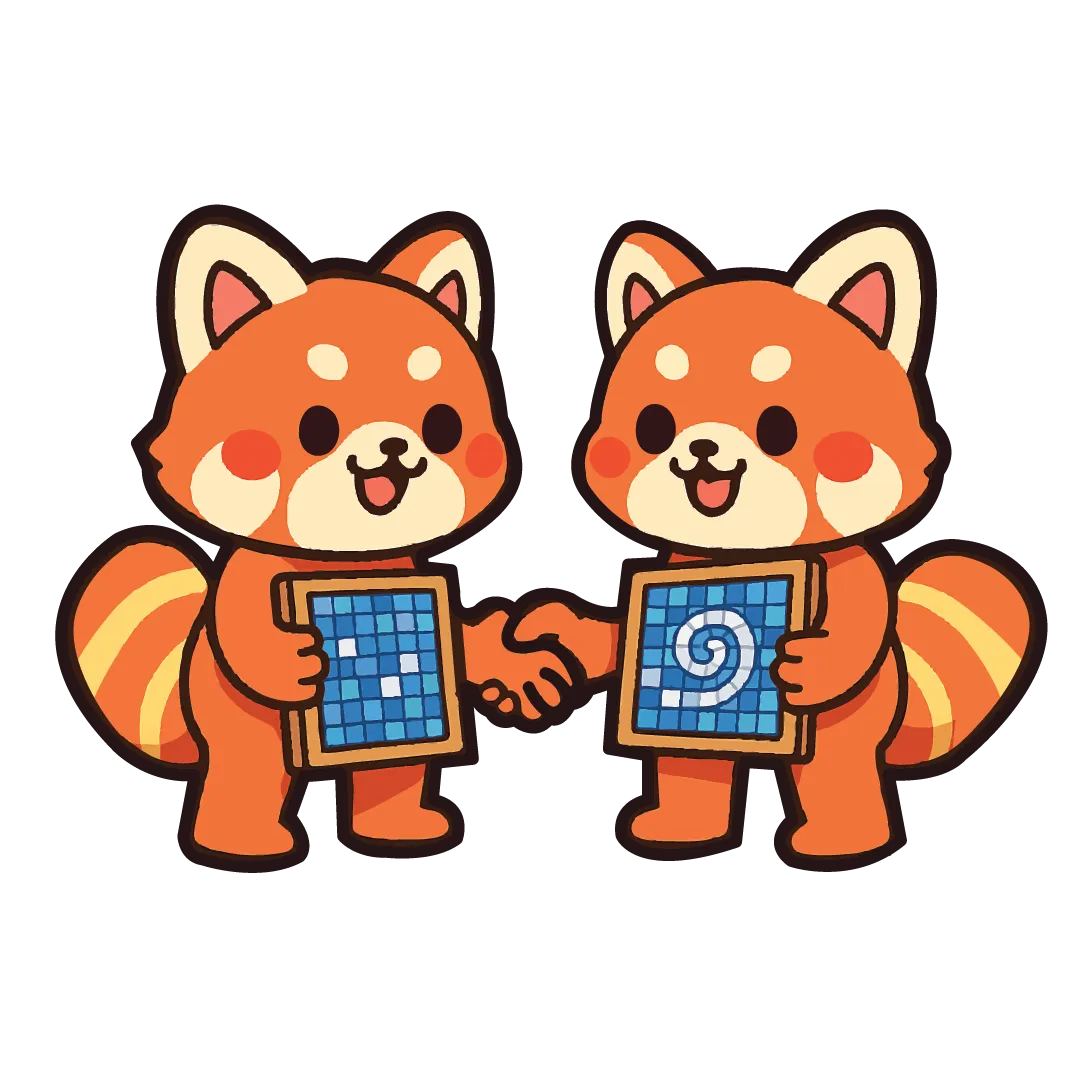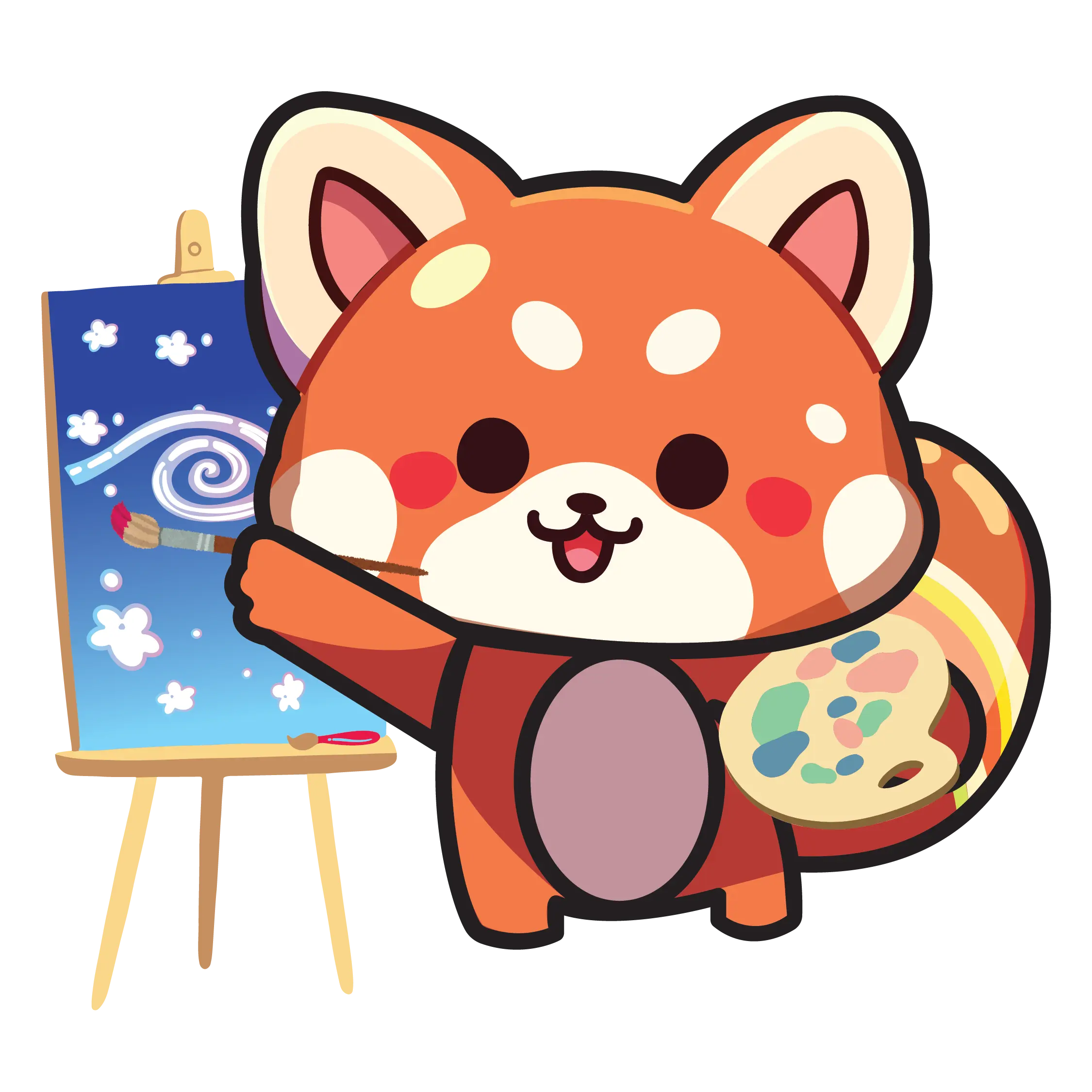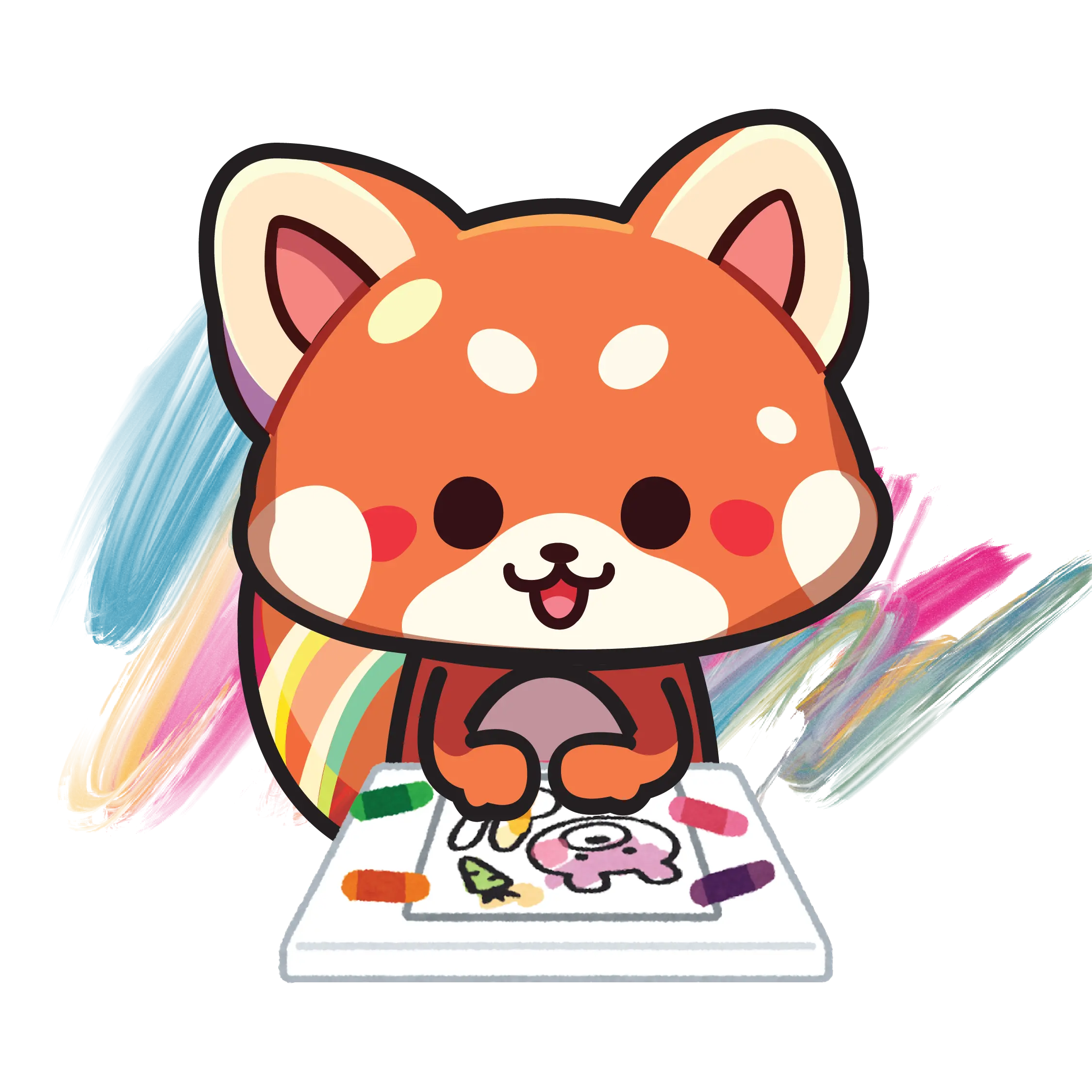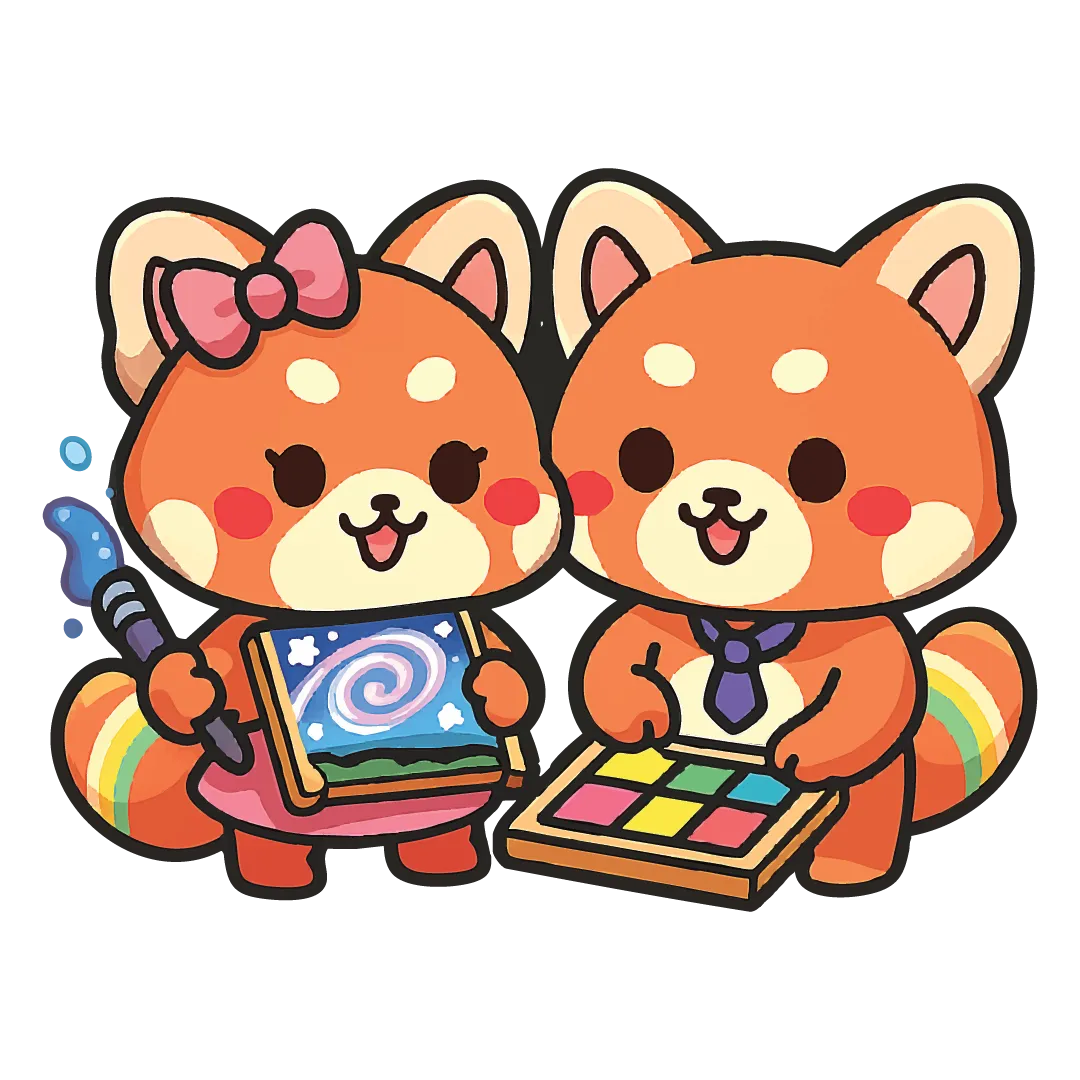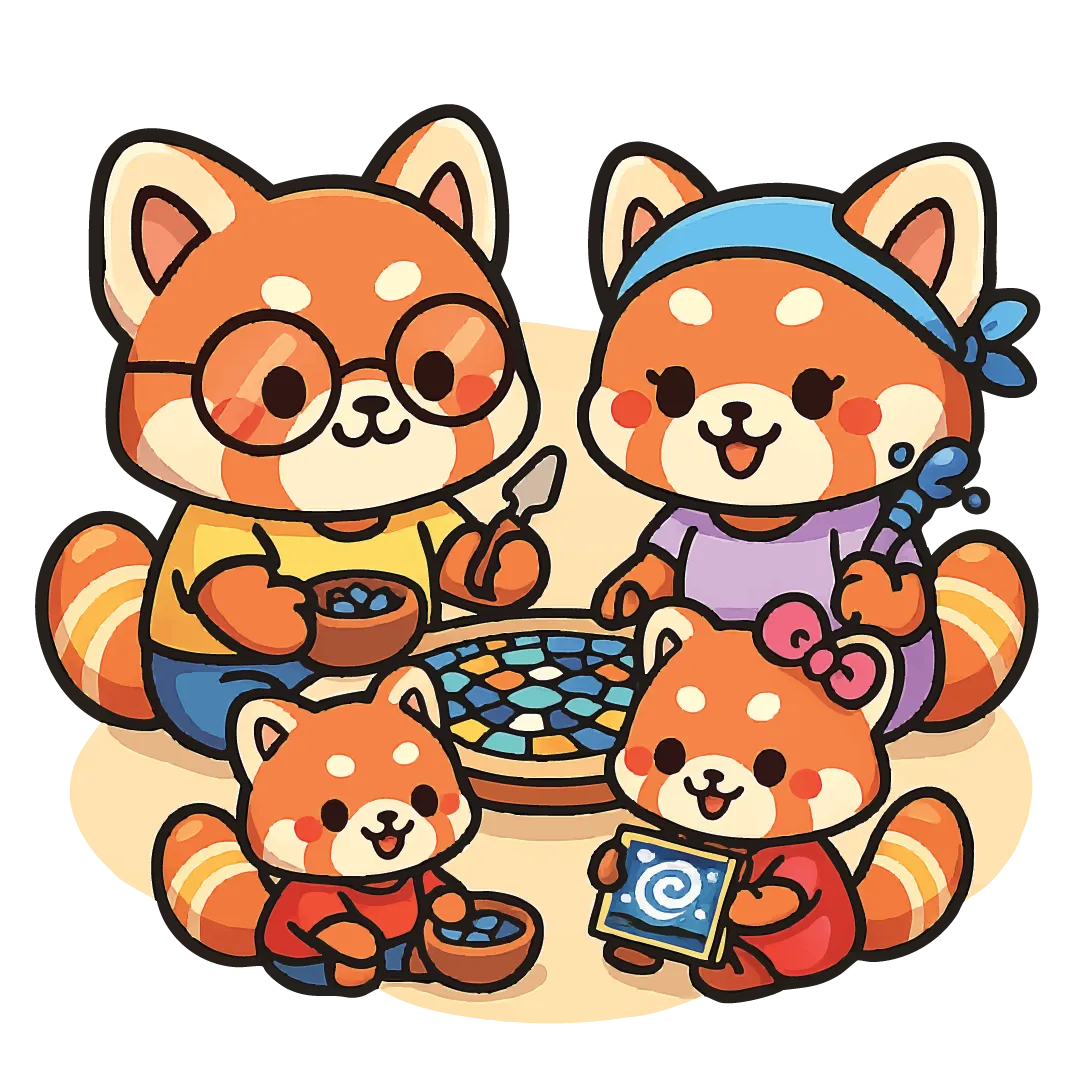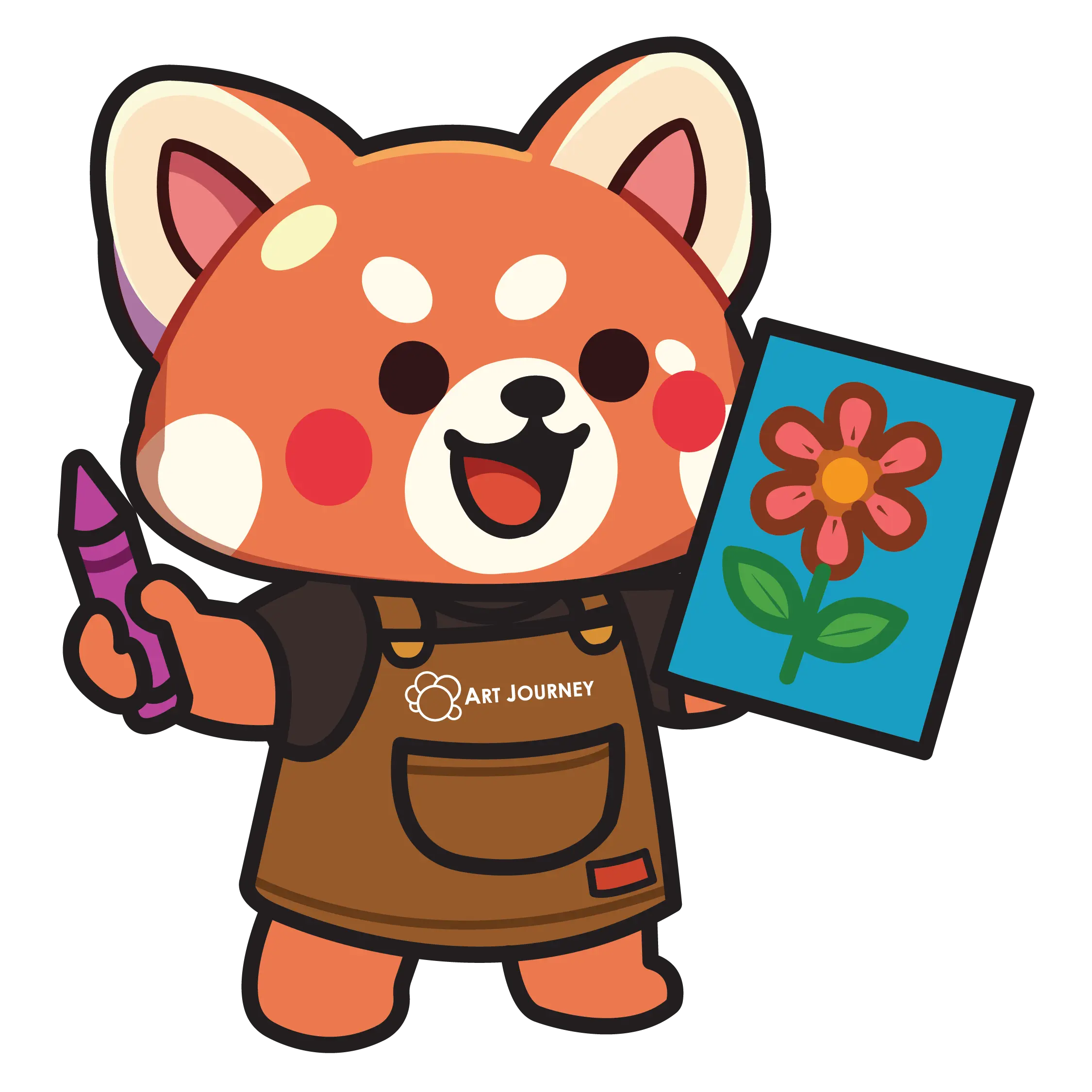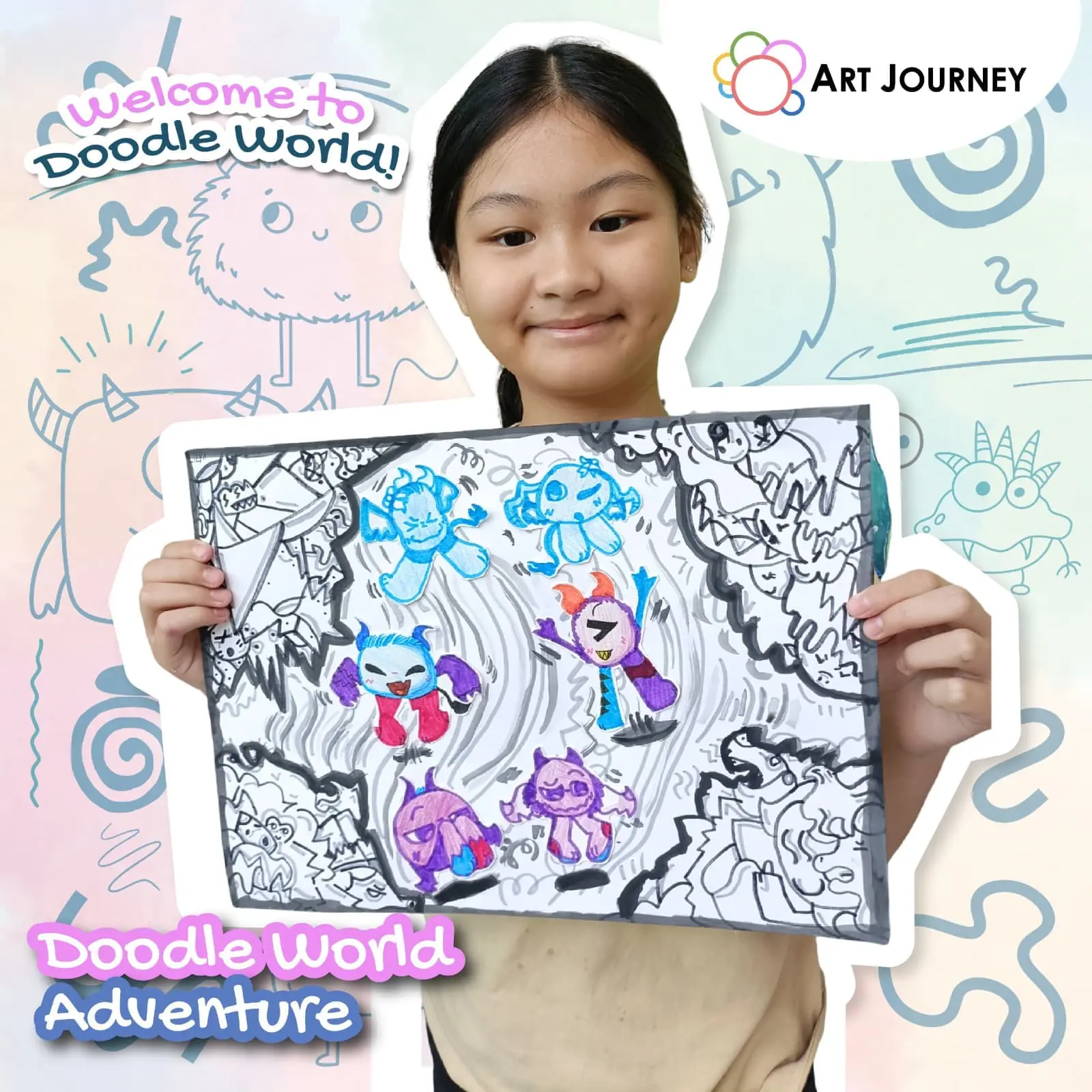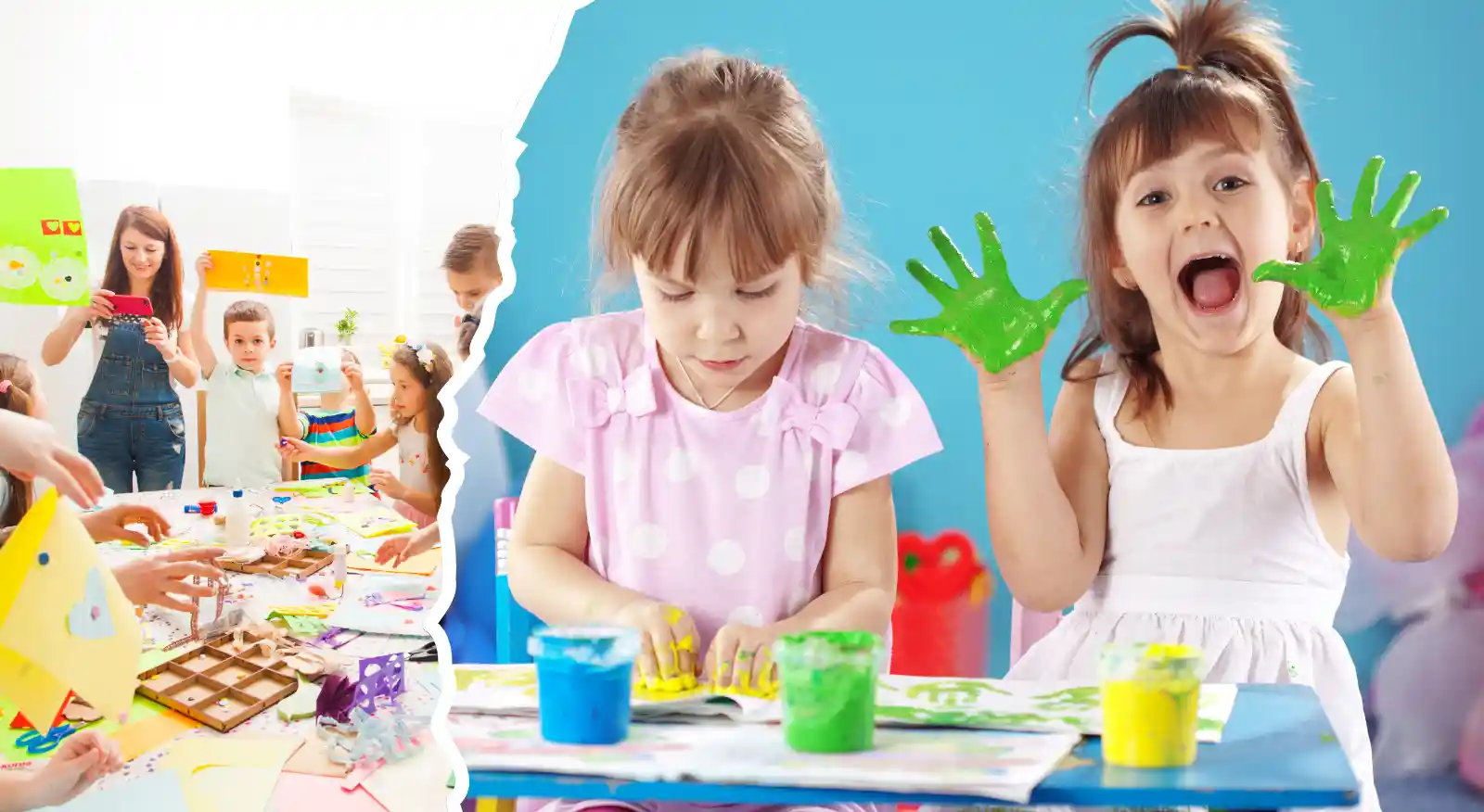
How Art Helps Kids Develop Emotional Intelligence
Children face a whirlwind of emotions every day—excitement, frustration, joy, sadness, curiosity. While adults have learned to recognize and manage these feelings (at least most of the time), children are still developing the tools to navigate their emotional world. One of the most powerful and often overlooked ways to support that process is through art.
Art isn’t just about making something beautiful. It’s about expression, exploration, and connection. It gives kids a safe, non-verbal space to process what they’re feeling—even when they can’t quite find the words. In doing so, art plays a big role in building something crucial for lifelong success and wellbeing: emotional intelligence.
In this article, we’ll explore how art fosters emotional growth in children, and why activities like painting, drawing, sculpting, and crafting should be more than just occasional hobbies—they should be essential parts of every child’s development.
What Is Emotional Intelligence?
Emotional intelligence, or EQ, is the ability to:
- Recognize one’s own emotions
- Understand and manage those emotions
- Recognize emotions in others
- Respond to others with empathy
- Build healthy relationships
Children with high emotional intelligence tend to do better in school, have stronger social skills, and experience less anxiety. EQ doesn’t just influence friendships and family relationships—it also supports resilience, focus, and even academic achievement.
The question is: how can you help your child build this? One answer lies in the creative process.
6 Ways Art Supports Emotional Intelligence in Kids
1. Art Gives Emotions a Voice
Children often feel emotions deeply, but don’t always have the vocabulary to express what’s going on inside. Through drawing, painting, or working with clay, they can explore feelings without needing the exact words.
A child might draw a stormy sky after a tough day at school, or use bright colours to reflect excitement about an upcoming birthday. Art becomes a language of its own, and the act of creating helps them process feelings rather than suppress them.
2. It Builds Self-Awareness
When kids create art, they make personal choices—what colours to use, what shapes to draw, what stories to tell through their work. These choices help children reflect on what they like, how they feel, and how they see the world.
This kind of reflection is key to developing self-awareness, the foundation of emotional intelligence. Over time, children become more comfortable acknowledging their own emotions and trusting their instincts.
3. It Encourages Emotional Regulation
Imagine a child who’s frustrated because their drawing didn’t turn out as they expected. Do they crumple it up and give up, or do they adapt, change their plan, and keep going?
Art often requires patience, persistence, and flexibility. These are emotional regulation skills that kids carry into other parts of life—whether it’s staying calm during conflict, managing disappointment, or staying focused on a goal.
Working through mistakes in art teaches children that emotions are temporary and manageable—and that they can take control of how they respond.
4. Art Invites Empathy
When children observe or discuss others’ art—whether it’s in a museum, a group workshop—they learn to understand different perspectives. Why did someone paint that scene? What might they have felt? What story are they telling?
This helps build empathy, a core part of emotional intelligence. Art provides a window into others’ experiences, and it opens up thoughtful conversations about feelings, memories, and meanings.
5. It Creates a Safe Space for Expression
Many children feel pressure to perform—in school, sports, or even social settings. Art, by contrast, offers a space with no grades, no wrong answers, and no comparison. That freedom allows children to explore their emotional world without fear of judgment.
This kind of emotional safety is critical. When kids know they can express themselves freely, they’re more likely to take emotional risks, share their thoughts, and work through challenges.
6. Art Strengthens Parent-Child Emotional Bonds
Participating in art together—whether at home or in a workshop—opens the door to natural conversations about feelings and experiences. As children explain their creations or ask for feedback, parents gain insight into what their child is going through emotionally.
This not only supports the child’s emotional development but also deepens trust and connection within the family. Shared creative time can become a ritual of calm, bonding, and mutual understanding.
Encouraging Emotional Intelligence Through Art at Home
You don’t need to be an artist or have a studio to support your child’s emotional development through creativity. Here are a few simple ways to make art part of your home routine:
- Create a quiet art corner with paper, markers, clay, or paint
- Ask open-ended questions about their artwork, like “What were you thinking when you drew this?” or “How does this picture make you feel?”
- Encourage reflection by having your child give their art a title or tell a story about it
- Join in the process, even if it’s just doodling together. Children often open up emotionally when engaged in hands-on activities with trusted adults.
Art Jamming: A Guided Path to Emotional Growth
If you’re looking for structured ways to incorporate art into your child’s emotional learning, art jamming can be a great option. Programs like those at Art Journey in Singapore are designed to support both creativity and emotional development.
Through guided instruction, group collaboration, and expressive techniques, children not only gain artistic skills but also grow in empathy, self-awareness, and confidence. Many workshops also include themes around emotions, storytelling, or identity, making the emotional connection even stronger.


